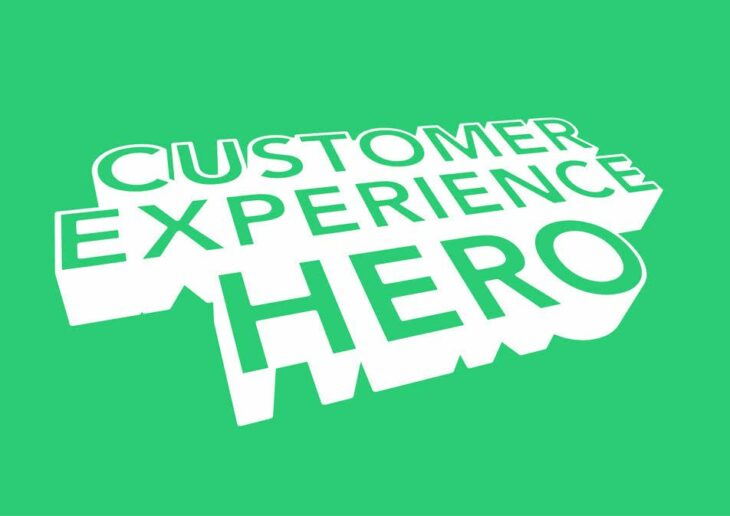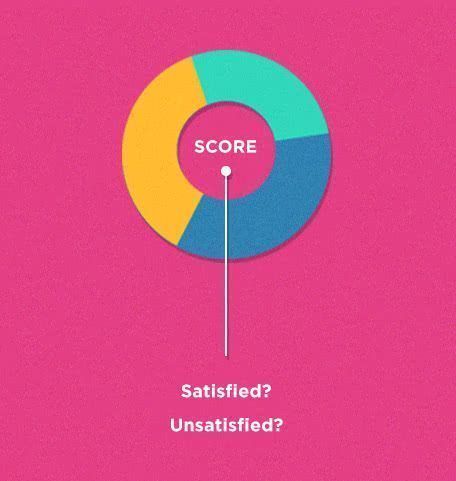How to Become a Customer Experience Management Hero

Companies that rely on data-driven decisions to support customer interactions are seeing clear benefits. A Forbes Insight survey of 350 executives revealed that decision-making speed accelerates by 62 percent through a data-driven customer experience management (CEM) system. In a hyper-competitive market, there are clear benefits to knowing and building strong relationships with your customers.
Creating a customer experience (CX) strategy and ensuring it delivers clear business benefits is not straightforward. It requires continual improvement, based on gathering, analyzing and acting on customer insight on an ongoing basis. Based on hundreds of CX strategy projects, here are eight golden rules to help you become a customer experience management hero:
1. The digital transformation is a blessing. Embrace it!
The move to digital does not necessarily make life easier for businesses. It has drastically changed the consumer experience, giving them unprecedented power while delivering much more of the customer experience through digital channels. Customers have become more digitally-savvy and self-sufficient. As such, their expectations are changing as they continually demand more. To embrace this digital transformation, leverage customer experience management systems that ensure all touchpoints are digital ready. Embrace the digital transformation for the benefits it provides to make sure you are meeting their needs. Technology is a critical enabler for getting closer to each customer and building long-term relationships that improve the customer experience.
2. Forget touchpoints. Create a customer experience.
Every customer encounter with the brand consists of small, individual touchpoints. Companies often focus on these individual touchpoints to create their CX strategy such as the check-out process. Although important, the leading CX strategies focus on creating an end-to-end experience across and throughout each touchpoint. Efforts to create an experience over touchpoints has clear advantages. A McKinsey survey reports… customer satisfaction with health insurance is 73 percent more likely when journeys work well than when only touchpoints do. Insights about both the customer interaction within a touchpoint as well as the entire customer journey across all touchpoints should be analyzed and optimized to enhance the customer experience.
3. Contextualize CX data. Create a complete picture.
Customer experience management delivers a deep pool of data that can be used to benefit your business. Ensure that you are making the most of this data by contextualizing it to the business. Go beyond data silos and combine your customer experience feedback with other data such as financial performance, sales and employee engagement. Creating context to data points provides deeper insight to not only understand the data, but also to leverage it to improve how you operate your business.
4. Show the value of customer experience management.
Link improvements in customer experience management to the bottom line. For example, if your company’s Net Promoter Score (NPS) improves, demonstrate the value this will provide to the business in financial performance. Use strong business examples, including financial KPIs, to illustrate the impact of better customer experience management to your organization. Importantly, make your calculations simple and comprehensible so that impact and business relevance are easily identifiable.
5. Continuously optimize the customer experience.
Business today is continually changing, and customer expectations are always rising. When it comes to customer experience management, standing still is not an option. You need to keep working and improving. If you notice that a KPI is not being achieved, take action to identify the reasons. Test possible causes, measure each individually and optimize. With every improvement, your company becomes more customer-centric, and thus, more successful in customer experience management. Simultaneously, always look closely at something that is highly successful in customer experience management. Why is a channel particularly performing well? Can this be transferred to others? Learn from individual cases and use this best practice knowledge for other teams and processes.
6. Create a customer dialogue.
Technology has opened many new communication channels that customers are utilizing around the clock, including apps and social media. But the days when customers patiently wait for a response are over. You need to respond promptly when customers start a dialogue with you, so ensure you have customer experience software in place to enable you do this.
These channels should be viewed as feedback opportunities. Provide your customers (and employees) with a way to give feedback across a variety of methods and frequencies. Allowing customers to share their insights across all possible channels, from social media and apps to online and offline tools, will greatly increase the chance of getting responses. Make sure your customer experience management software enables an omnichannel approach.
7. Customer experience needs to be a vision.
Without a customer-centric company culture, you cannot create a sustainable customer experience. A technical customer experience management feedback infrastructure alone is not enough to drive the cultural and organizational change required to enable customer-centricity. A superior customer experience can only be sustainable if the business’s organizational and cultural foundation support it. Creating this also requires introducing new forms of cooperation, communication and leadership coupled with cross-departmental collaboration and an open feedback culture across the business.
8. Remember, your employees are a direct line to the customer.
The correlation between customer and employee satisfaction is well-proven. Companies with a superior customer experience stand out from their competitors as having highly engaged employees. Those employees who have front line contact with customers every day are your most important ambassadors. They represent not only the company and its brand values, but also your best market research focus group. Listen to your employees and integrate their customer experience insights into your planning. Investing just in the customer experience is not sufficient. The employee experience is a crucial, often overlooked, element to a successful and sustainable customer experience strategy.
Customer experience and customer experience management are currently at the top of the agenda for most business leaders. But achieving customer experience success is easier said than done. You need to create a complete strategy that covers the entire process, collecting and acting on feedback from every touchpoint across the customer journey. Only then will you become a customer experience management hero, helping your organization win and retain customers in hyper-competitive markets.
About the author
Juhamatti Muuraiskangas | Executive Advisor at Questback
 Juhamatti’s expertise includes Voice of Customer and Voice of Employee strategies within enterprise feedback, marketing and organizational change management. A passionate customer experience professional with over 15 years of experience, Juhamatii has led in sales, marketing, information and communication technology (ICT) services, and business leadership departments. Juhamatti works with and advises a range of executives across industries on creating and optimizing their customer experience strategies to deliver sustainable business results.
Juhamatti’s expertise includes Voice of Customer and Voice of Employee strategies within enterprise feedback, marketing and organizational change management. A passionate customer experience professional with over 15 years of experience, Juhamatii has led in sales, marketing, information and communication technology (ICT) services, and business leadership departments. Juhamatti works with and advises a range of executives across industries on creating and optimizing their customer experience strategies to deliver sustainable business results.
Read more about Customer Satisfaction Surveys.










